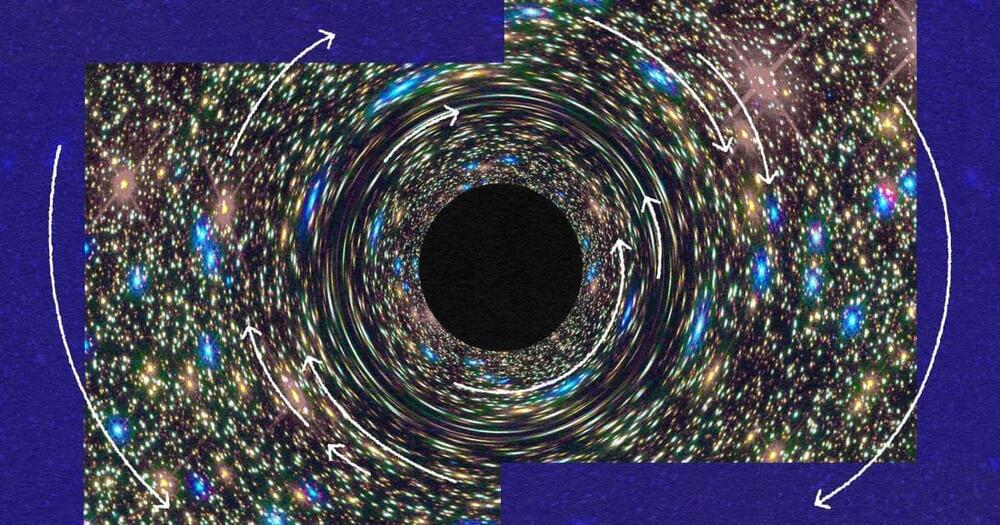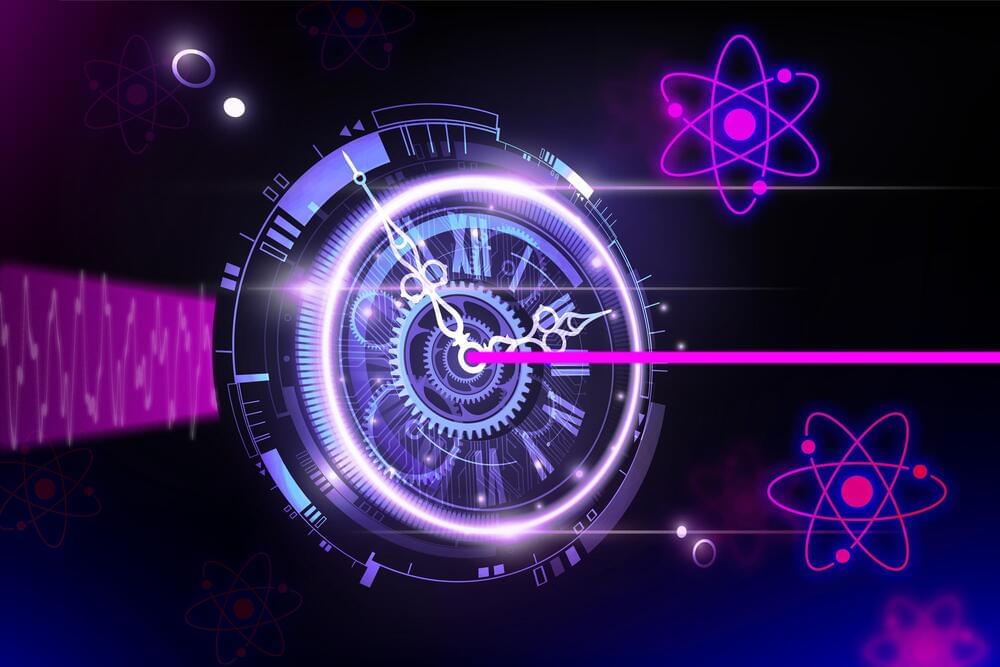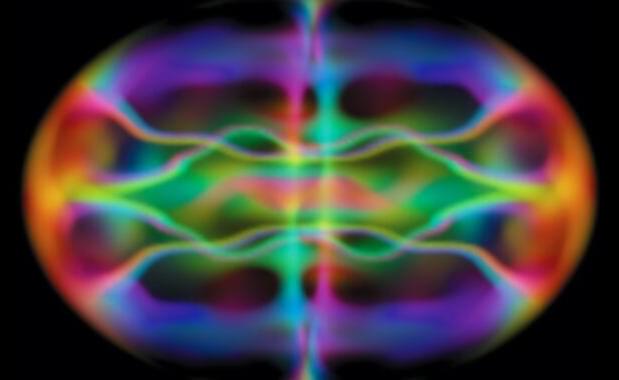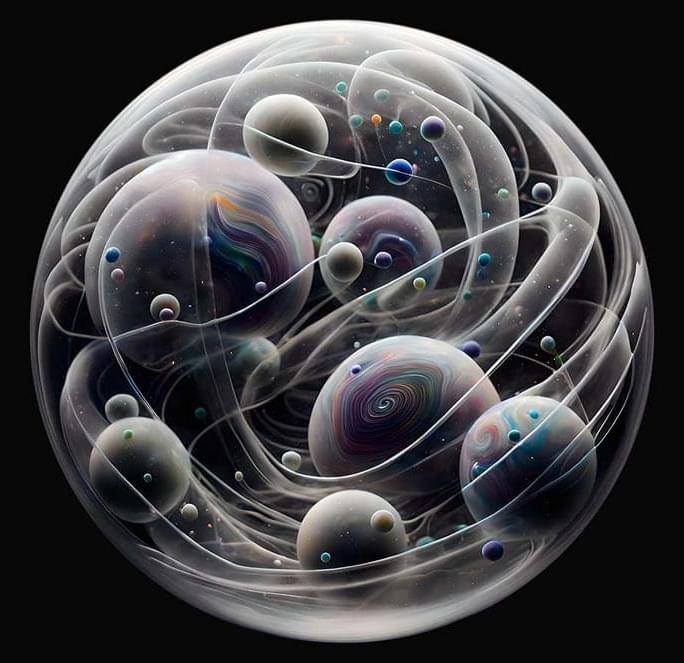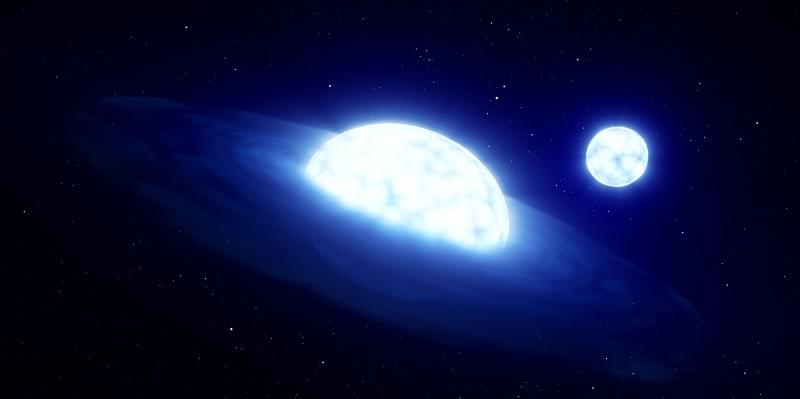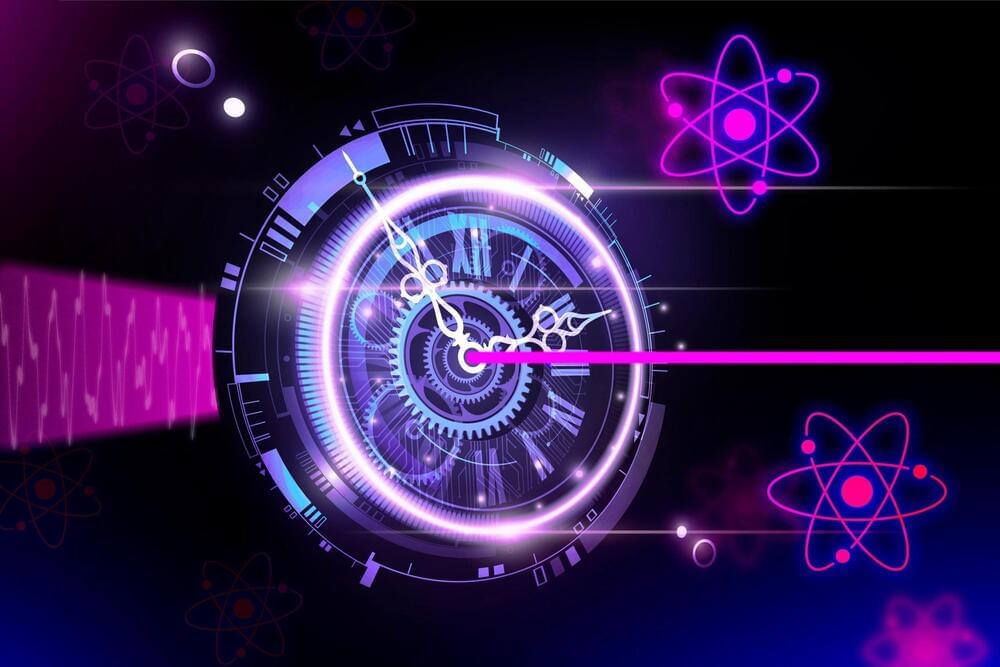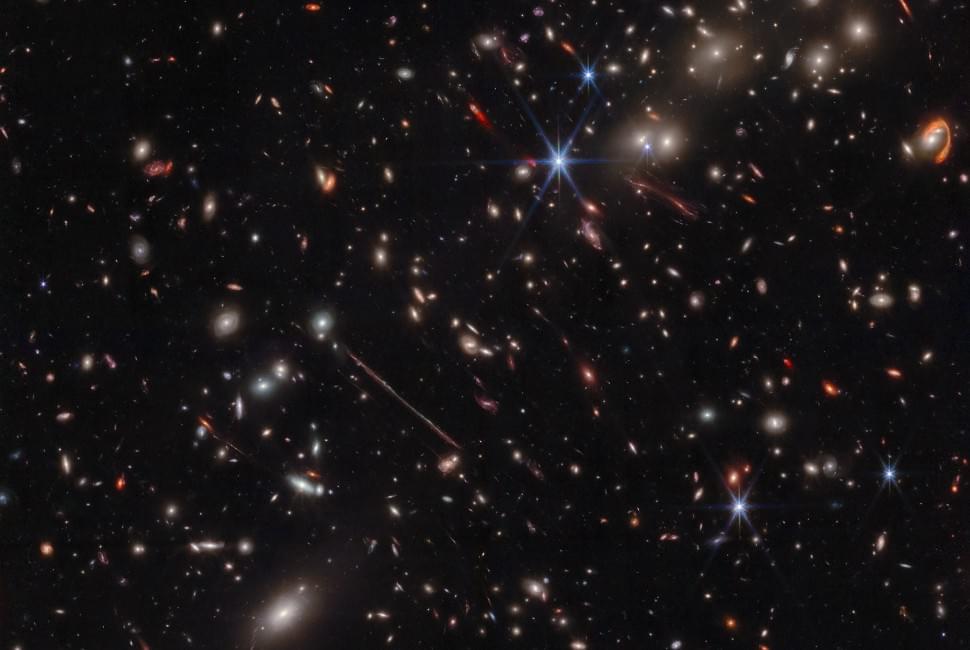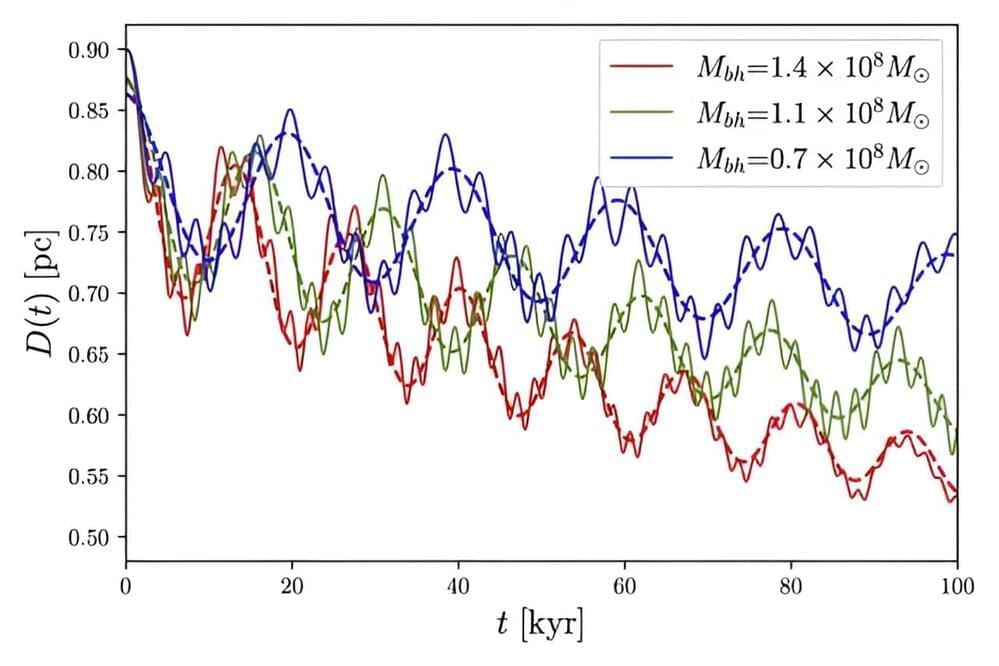The Big Bang theory is not threatened, but astrophysicists need to explain why these supermassive black holes exist.
Category: cosmology – Page 109
More stable clocks could measure quantum phenomena, including the presence of dark matter.
A new MIT study finds that even if all noise from the outside world is eliminated, the stability of clocks, laser beams, and other oscillators would still be vulnerable to quantum mechanical effects.
Clocks, lasers, and other oscillators could be tuned to super-quantum precision, allowing researchers to track infinitesimally small differences in time, according to a new MIT study.
In the basement of Kirchhoff-Institut für Physik in Germany, researchers have been simulating the Universe as it might have existed shortly after the Big Bang. They have created a tabletop quantum field simulation that involves using magnets and lasers to control a sample of potassium-39 atoms that is held close to absolute zero. They then use equations to translate the results at this small scale to explore possible features of the early Universe.
The work done so far shows that it’s possible to simulate a Universe with a different curvature. In a positively curved universe, if you travel in any direction in a straight line, you will come back to where you started. In a negatively curved universe, space is bent in a saddle shape. The Universe is currently flat or nearly flat, according to Marius Sparn, a PhD student at Kirchhoff-Institut für Physik. But at the beginning of its existence, it might have been more positively or negatively curved.
Get a free What If Top 10 book when you sign up for our newsletter: https://underknown.com/newsletter/
Dark, mysterious and consuming everything around them, black holes will rip apart anything that passes their event horizons. But could there be more? What would happen if you fell into one of those monstrosities? How could you possibly travel through the black hole itself? And if you emerged on the other side, where would you end up?
Transcript and sources: https://whatifshow.com/travelling-through-a-black-hole/
00:00 What If You Traveled Through a Black Hole?
Physicists are coming to realise that hypothetical particles called axions could explain not only dark matter, but dark energy too, and more besides. Now there is fresh impetus to detect them.
What If You Fell Into a Black Hole?
Posted in cosmology
What would the outcome be if you took a leap of faith straight into a black hole? We looked to Einstein and Hawking to ponder the scenario.
Say one day you were exploring space looking for a new planet for humans to inhabit, but came across a black hole and decided – why not check it out? Would you have any chance of survival? How would you get out if at all? Would you find a shortcut to another universe? Watch the video to learn about what would happen if you fell into a black hole.
With your support we can make our show better! Join our Patreon community: http://bit.ly/whatif-patreon.
Source and more: https://insh.world/science/diving-into-a-black-hole-adventure-or-an-abyss/
A ground-breaking new discovery by University of Leeds scientists could transform the way astronomers understand some of the biggest and most common stars in the Universe.
Research by PhD student Jonathan Dodd and Professor René Oudmaijer, from the University’s School of Physics and Astronomy, points to intriguing new evidence that massive Be stars — until now mainly thought to exist in double stars — could in fact be “triples.”
The remarkable discovery could revolutionise our understanding of the objects — a subset of B stars — which are considered an important “test bed” for developing theories on how stars evolve more generally.
More stable clocks could measure quantum phenomena, including the presence of dark matter.
The practice of keeping time relies on stable oscillations. In grandfather clocks, the length of a second is marked by a single swing of the pendulum. In digital watches, the vibrations of a quartz crystal mark much smaller fractions of time. And in atomic clocks, the world’s state-of-the-art timekeepers, the oscillations of a laser beam stimulate atoms to vibrate at 9.2 billion times per second. These smallest, most stable divisions of time set the timing for today’s satellite communications, GPS systems, and financial markets.
A clock’s stability depends on the noise in its environment. A slight wind can throw a pendulum’s swing out of sync. And heat can disrupt the oscillations of atoms in an atomic clock. Eliminating such environmental effects can improve a clock’s precision. But only by so much.
Similar to human teenagers, teenage galaxies are awkward, experience growth spurts and enjoy heavy metal — nickel, that is.
A Northwestern University-led team of astrophysicists has just analyzed the first results from the CECILIA (Chemical Evolution Constrained using Ionized Lines in Interstellar Aurorae) Survey, a program that uses NASA’s James Webb Space Telescope (JWST) to study the chemistry of distant galaxies.
According to the early results, so-called “teenage galaxies” — which formed two-to-three billion years after the Big Bang — are unusually hot and contain unexpected elements, like nickel, which are notoriously difficult to observe.
When galaxies collide, their supermassive black holes enter into a gravitational dance, gradually orbiting each other ever closer until eventually merging. We know they merge because we see the gravitational beasts that result, and we have detected the gravitational waves they emit as they inspiral. But the details of their final consummation remain a mystery. Now a new paper published on the pre-print server arXiv suggests part of that mystery can be solved with a bit of dark matter.
Just as the famous three-body problem has no general analytical solution for Newtonian gravity, the two-body problem has no general solution in general relativity. So, we have to resort to computer simulations to model how black holes orbit each other and eventually merge.
For binary black holes that are relatively widely separated, our simulations work really well, but when black holes are close to each other things get complicated. Einstein’s equations are very nonlinear, and modeling the dynamics of strongly interacting black holes is difficult.
